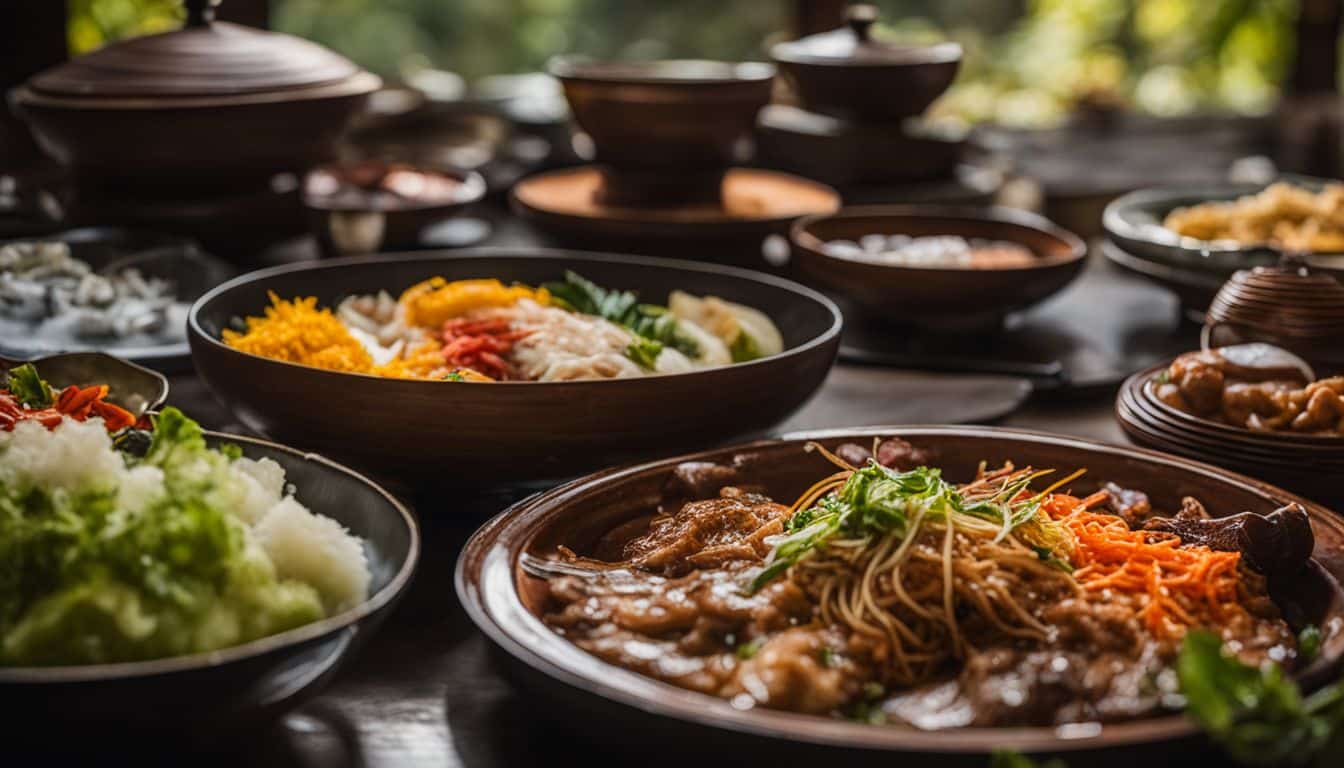Now Reading: Why Tibetans Burn Herbs Instead of Incense in Prayer
-
01
Why Tibetans Burn Herbs Instead of Incense in Prayer
Why Tibetans Burn Herbs Instead of Incense in Prayer

For many Tibetans, the scent that fills the air during prayer doesn’t come from incense sticks but from bundles of aromatic herbs. This practice, deeply rooted in Tibetan culture and spirituality, goes beyond fragrance—it is tied to tradition, health, and the belief in nature’s pure energy. The burning of herbs reflects an ancient way of connecting prayer with the natural world, one that still holds meaning today.
In Tibetan rituals, herbs like juniper, sage, and rhododendron leaves are commonly used. When these plants burn, they release a smoke believed to carry prayers to the heavens while purifying the surroundings. Unlike factory-made incense, which may contain chemicals or artificial scents, herbs are considered cleaner and more in harmony with the environment. This makes them both a spiritual and practical choice for daily worship.
There’s also a health aspect to this tradition. In many high-altitude Tibetan regions, air circulation indoors is limited, and prolonged exposure to artificial incense smoke can cause discomfort or respiratory issues. Burning herbs offers a more natural alternative, releasing medicinal aromas that locals believe can ward off illness and improve mental clarity during meditation.
Beyond personal health, this practice is also linked to a respect for the land. Many Tibetan communities grow or gather their own herbs, ensuring they come from pure, untouched areas. This reinforces the idea that prayer should be accompanied by offerings that are as natural and untainted as possible.
Today, while incense sticks are easily available in markets, many Tibetans continue to choose herbs. For them, it is not about convenience but about keeping alive a connection to their roots—honouring their ancestors, nature, and the belief that pure offerings lead to pure prayers. This quiet, fragrant ritual remains a reminder that spirituality can be as much about intention as it is about tradition.

























